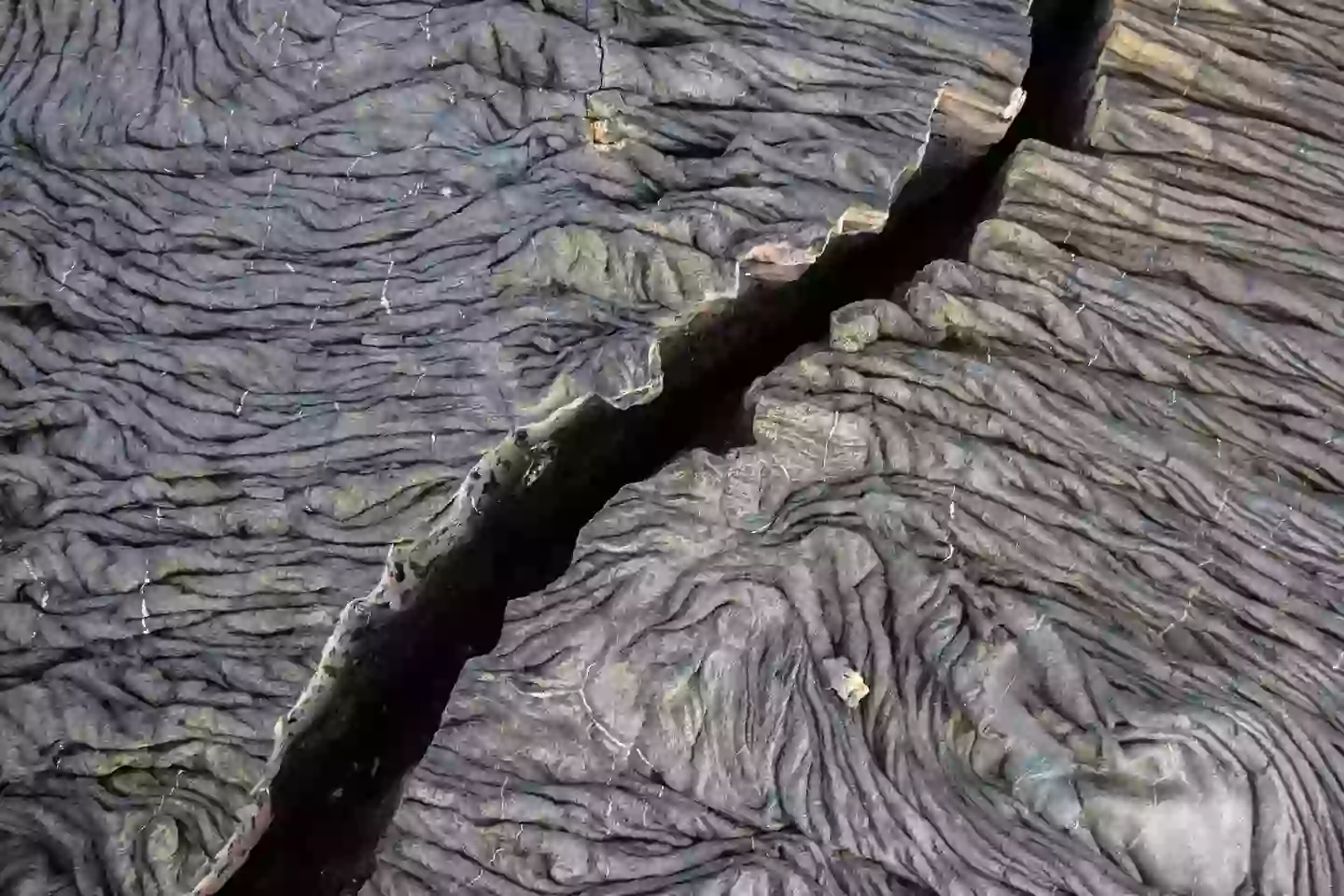Scientists reckon they’ve solved a 180-million-year deep-Earth mystery that could explain why the Appalachian Mountains are still standing.
For a long time, it’s thought a huge area of hot rock buried beneath the North American mountains began forming 80 million years ago.
Known as the Northern Appalachian Anomaly (NAA), the zone is about 350 km wide and sits 200 km underground.
Geologists thought this zone was the result of tectonic plate movement as North America broke away from Africa about 180 million years ago – but that theory never quite made sense, as the area has been geologically quiet for ages.
Now, scientists from the University of Southampton in the UK, the Helmholtz Centre for Geosciences in Potsdam in Germany, and the University of Florence in Italy have found otherwise.

Tectonic activity was initially thought to be behind the NAA (Burroblando/Getty Images)
Their research suggests the heat actually came from much farther north, near the Labrador Sea between Greenland and Canada, and slowly moved south over millions of years, like a very slow underground ripple. It’s believed to have formed later than first thought – some 80 million years ago instead.
Tom Gernon, lead author of the study and Professor of Earth Science at the University of Southampton, said: “This thermal upwelling has long been a puzzling feature of North American geology. It lies beneath part of the continent that’s been tectonically quiet for 180 million years, so the idea it was just a leftover from when the landmass broke apart never quite stacked up.
“Our research suggests it’s part of a much larger, slow-moving process deep underground that could potentially help explain why mountain ranges like the Appalachians are still standing.”

Scientists used advanced computer models and seismic data to figure it out (Marcia Straub/Getty Images)
Gernon explains that heat at the base of a continent ‘can weaken and remove part of its dense root, making the continent lighter and more buoyant, like a hot air balloon rising after dropping its ballast’.
“This would have caused the ancient mountains to be further uplifted over the past few million years,” he added.
How scientists studied the deep-Earth phenomenon
Scientists used advanced computer models and seismic data to figure out where the NAA originally came from.
They traced it back to around 80 to 90 million years ago, when Greenland split from Canada and the Labrador Sea began to open.
During that breakup, chunks of rock deep underground began to sink, allowing hotter rock to rise up and form a warm zone.

The mystery has been linked to Greenland (Alex Hibbert/Getty Images)
This process, called a ‘mantle drip’, is similar to blobs falling in a lava lamp or dominoes tipping in a row – one after another, slowly migrating.
The hot zone we see now beneath New England likely started far away and has been slowly moving southwest ever since – about 20 km every million years.
If it keeps going, it could pass underneath New York in about 15 million years.
Interestingly, researchers also found signs of a matching hot zone under Greenland, suggesting both formed during the same ancient continental split.
Today, the Greenland anomaly may even be affecting how the ice sheet above it melts and flows.
Even though the surface looks calm, scientists say the deep Earth is still shifting from that ancient breakup – millions of years later.